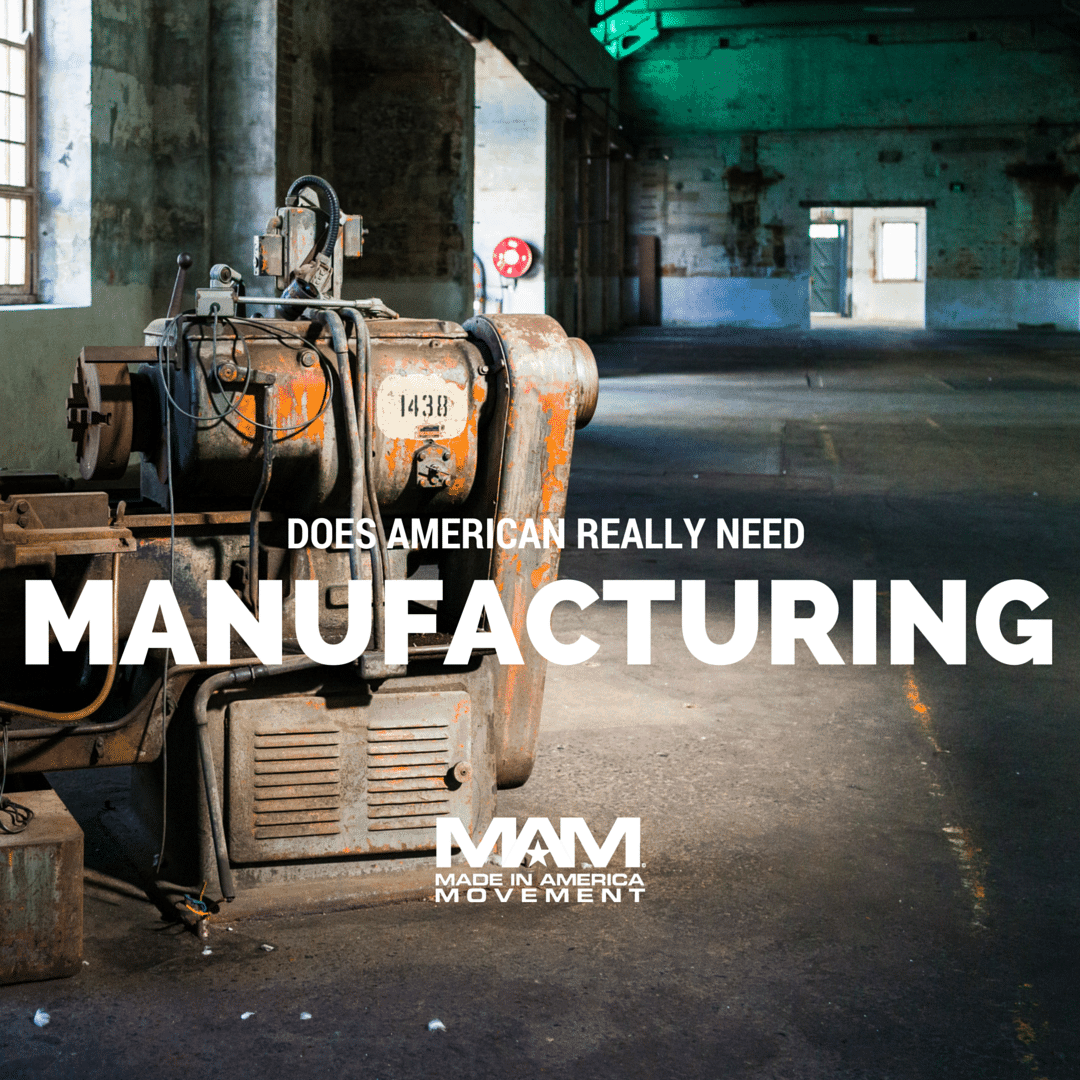Does America Really Need Manufacturing?
Too many American companies base decisions about how to source manufacturing largely on narrow financial criteria, never taking into account the potential strategic value of domestic locations. Proposals for plants are treated like any other investment proposal and subjected to strict return hurdles. Tax, regulatory, intellectual property, and political considerations may also figure heavily in the conversation. But executives, viewing manufacturing mainly as a cost center, give short shrift to the impact that outsourcing or offshoring it may have on a company’s capacity to innovate. Indeed, most don’t consider manufacturing to be part of a company’s innovation system at all.
The result, as we’ve argued before, has been an exodus of manufacturing from the United States. (See “Restoring American Competitiveness,” HBR July–August 2009.) That mass migration has seriously eroded the domestic capabilities needed to turn inventions into high-quality, cost-competitive products, damaging America’s ability to retain a lead in many sectors. In recent decades a number of U.S. industries, including flat-panel displays, advanced batteries, machine tools, metal forming (such as castings, stampings, and cold forgings), precision bearings, optoelectronics, solar energy, and wind turbines, have paid the price. And in other industries, such as biotechnology, aerospace, and high-end medical devices, the U.S. lead is now endangered.
Part of the problem is that it’s devilishly difficult to determine when manufacturing is critical to innovation and when it can be safely outsourced to lower costs and reduce capital outlays. In this article we’ll provide a framework that will help business leaders and government policy makers navigate this issue. Our hope is that it will lead to better sourcing decisions that will reinvigorate America’s innovation-driven economy.
A Framework for Sourcing Decisions
How can you tell if moving production halfway around the world, far from R&D operations at home, will hurt a company’s ability to innovate over the long term? You need to look at two things: the ability of R&D and manufacturing to operate independently of each other, or their modularity; and the maturity of the manufacturing technology.
Modularity.
When R&D and manufacturing are highly modular, the major characteristics of the product (features, functionality, aesthetics, and so on) aren’t determined by the production processes, and the two activities can be located far apart without any consequences. When modularity is low, the product design can’t be fully codified in written specifications, and design choices influence manufacturing choices (and vice versa) in subtle and difficult-to-predict ways. In these cases keeping manufacturing near R&D is valuable.
Two basic questions will help you determine the degree of modularity:
1. How much must product designers know about the production process to carry out their task?
In some contexts, like biotech and advanced materials, every conceivable product design requires a unique manufacturing process. So designers cannot do their jobs without deeply understanding the process choices. In these contexts, product innovation often involves process innovation.
At the other extreme are contexts in which it’s technically and economically feasible to use the same process technology to manufacture just about any product design. That means designers can blissfully create without thinking about—or even understanding—the process. Writers of text, software, and music operate with this freedom. Some industries lie in between; they have developed formal approaches for incorporating process considerations into product development. They establish “design rules”—a set of product specifications that will work with a particular process recipe. As long as designers stay within those boundaries, they can be pretty confident that the given manufacturing process will work. In general, process constraints intensify as product designs move closer to or try to go beyond those boundaries. Read more: (read PDF on your screen and/or download)




Leave a Reply
Want to join the discussion?Feel free to contribute!